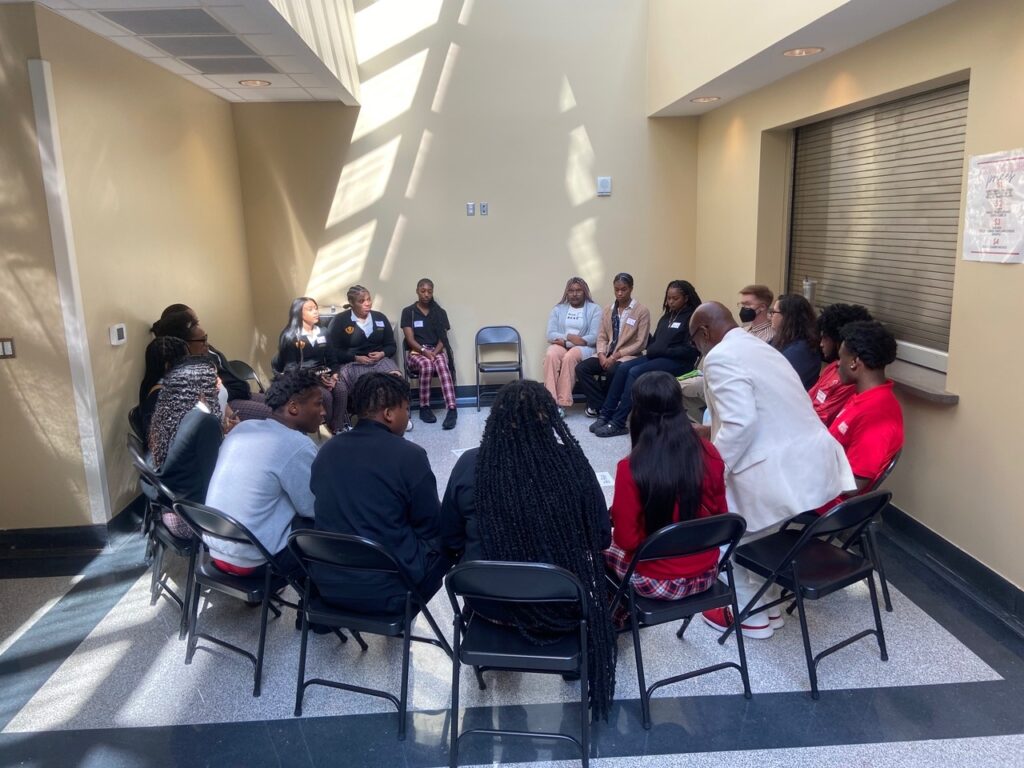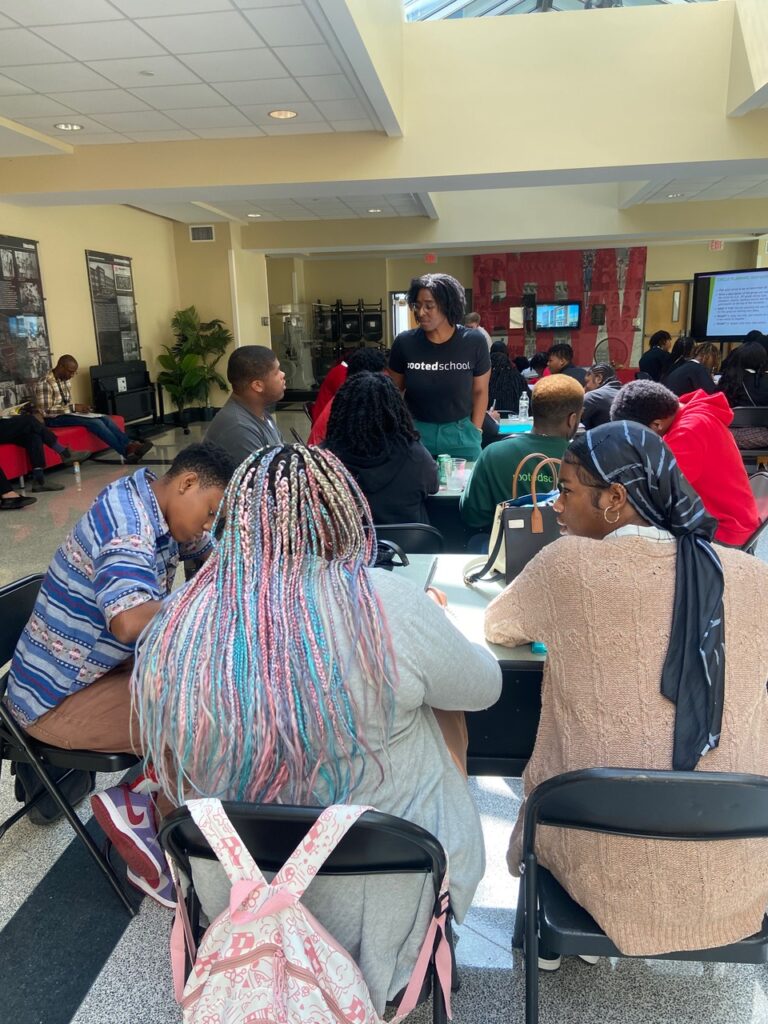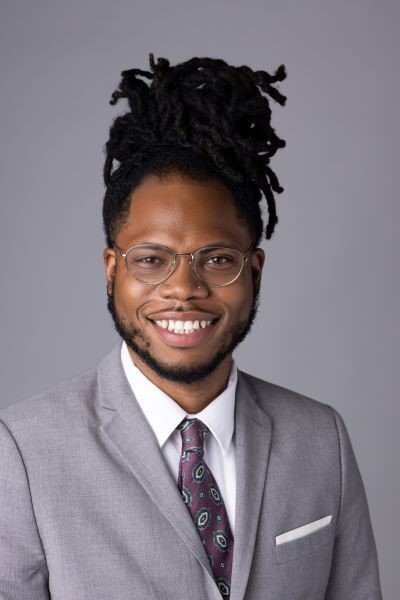Reflections from time spent with our amazing future teachers in Grow Your Own programs
by Taylor Williams, Director of Talent, New Schools for New Orleans
Earlier this month, I shared the following email with our team at NSNO, and my colleagues were so inspired by the work I described that they encouraged me to share it with our broader community, too.
At NSNO, I’m the Director of Talent, and I manage programs that help our city find and retain more great teachers, like the New Orleans Teacher Job Board and “Grow Your Own” partnerships with local high schools. Through the Grow Your Own programs, high schoolers and recent alumni begin preparing for careers as teachers. They get real-life experience while they’re still in school by tutoring younger students or assistant teaching in elementary school classes. Students also have the opportunity to earn college credit.This email was about a recent event those young people attended. It was geared at helping them manage conflict in the classroom. I hope you enjoy it.

Students practicing a restorative circle
Team,
I wanted to share a story about a group of promising teachers who came together for a professional development training. (Did I mention that these teachers are all still in high school?!?)
This year, Grow Your Own – New Orleans expanded from three to six high schools. The schools are Booker T. Washington High School, McDonogh #35 Senior High School, The Rooted School, John F. Kennedy High School ,Frederick A. Douglass High School, and Warren Easton Charter High School. A major goal of ours was to build a sense of community amongst the students and provide them with real teaching experiences. We partnered with the Center for Restorative Approaches to create a unique training on how to plan and facilitate a restorative circle, which is a type of conflict-resolution discussion that empowers young people to solve problems and address harm together.
Over the past two days, 83 students gathered at Booker T. Washington for the first training session with the Center for Restorative Approaches. The programming was excellent from beginning to end.
On Day 1, Booker T. Washington, McDonogh #35, and The Rooted School came together, beginning the day as complete strangers.
- The students learned what a restorative circle was. As CRA describes it, “A Restorative Circle is a conflict-resolution discussion where those affected develop their own solutions on how to make the situation right. In this process, a CRA trained facilitator brings together those responsible, those impacted, and others affected to create an action plan to repair harm and prevent it from happening again.”
- They also learned how to set the conditions for a restorative circle–for instance, establishing a sense of trust and setting clear norms using a series of visual cues. The students then split up into two large groups and experienced a restorative circle firsthand.
The first question started at the surface level, “What is your name, school, and pronouns?” By the end of the conversation, they used words like “community,” “trust,” and “comfortable” to describe how they felt with others in the group.

On Day 2, Douglass, John F. Kennedy, and Warren Easton came together. Another key takeaway from the training was understanding that everyone has a different way of dealing with conflict.
- Students were able to identify with their own conflict style and discussed the positives and deficits of each.
- This began a spirited debate around which way is the best way to deal with conflict.
- Some students even brought personal experiences to show how their way of dealing with conflict helped them navigate through tough situations. This level of vulnerability was surreal given the amount of time this group had known each other.
Each student created a plan for a restorative circle and received feedback from their peers. And, they are planning to use their learning in their real lives.
- One student wants to use a restorative circle as an icebreaker for his students on the first day of student teaching.
- One student wrote a plan for her siblings. She felt they bickered too much, and this could be a great way to resolve their issues.
Another student plays on his high school’s baseball team and wanted to use this as a team building exercise for his teammates.

This first phase in the Grow Your Own pathway is critical to the success of completing this journey. Our goal is to continue to provide our students with enriching and inspiring experiences. There are many events planned for our six schools this year. In October, the second part of this training will happen at Warren Easton. We look forward to continuing to support New Orleans’ future educators and the hard-working teachers who are preparing them today.
All the best,
Taylor
